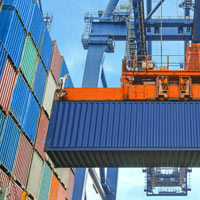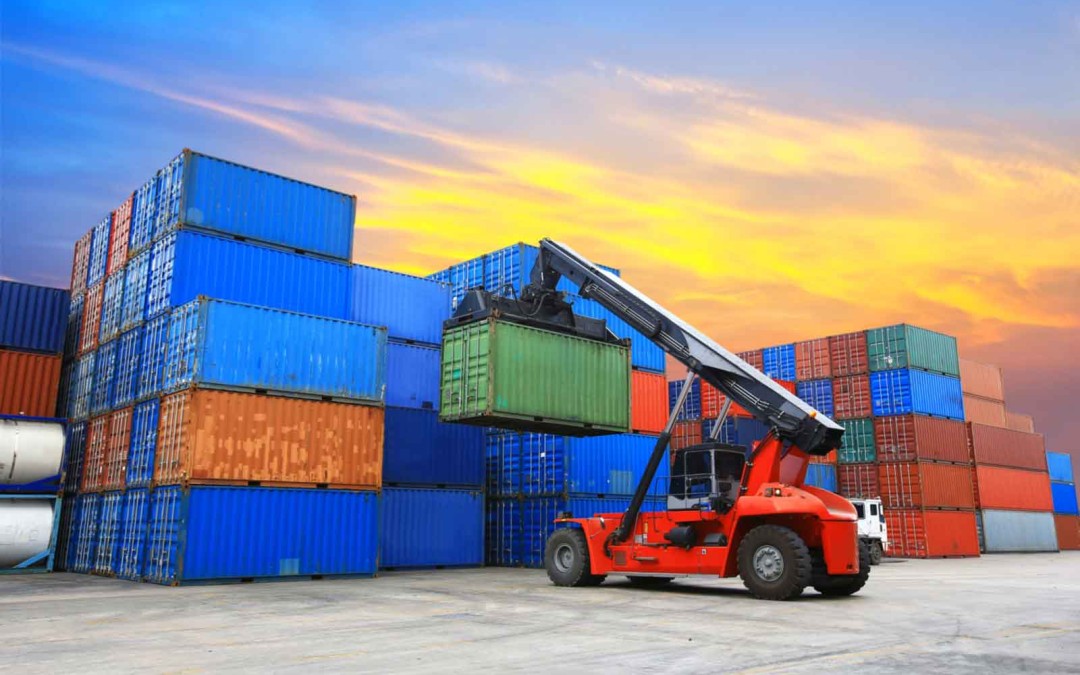
November 8, 2016 | In the Press, Latest News, News & Offers
The Australian Border Force is failing importers and construction companies by refusing to test all building products from China for asbestos.
Peter McRae from Platinum® Freight explains…

October 24, 2016 | Latest News, News & Offers
Most importers will be well aware the Christmas rush is almost upon us. Each year it seems the festive season, (and the increase in consumer purchasing that comes with it) starts sooner. And with that, so does the Christmas shipping rush and subsequent clearance delays. So what does this mean for your business?

June 29, 2016 | News & Offers
End of financial year is a great time to take stock of the previous year and look at ways to save in the next. If you’re serious about saving money now and in the next financial year, then you need to look at taking advantage of all the Free Trade Agreements (FTA’s) on offer and look at your previous 5 years of shipments for possible refunds.

April 7, 2016 | Latest News
A 72-hour strike by the Maritime Union of Australia at Fremantle Terminal announced yesterday brings strong possibility that importers’ budgets will blow out by as much as thousands, making them the real losers in the dispute. Today the union has confirmed the industrial action will also affect Port Botany operations from April 13. Importers should consider if other ports might also be affected in the coming weeks and plan accordingly.

March 22, 2016 | Latest News, News & Offers
Leading Australian Customs clearance agency Platinum® Freight Management will reach further into the international market this month with the appointment of Kumar Karuppusamy to lead the development of new Indian Region business services from the company’s Sydney office.

March 22, 2016 | Latest News, News & Offers
From July this year, all container shipments will be assessed by Port authorities under new conditions. Called Container Weight Verification, the process checks the weight of contents of all shipping containers before they are cleared to load onto ships and leave port. This change was designed by authorities to improve safety standards on container ships.






